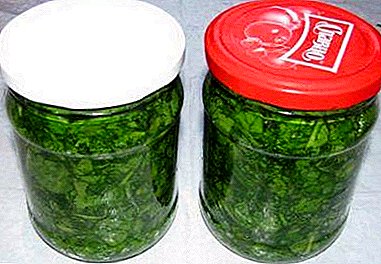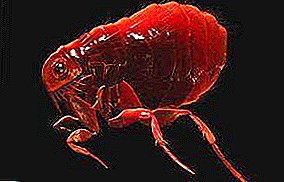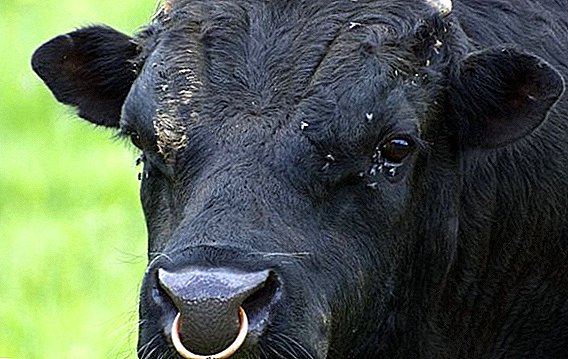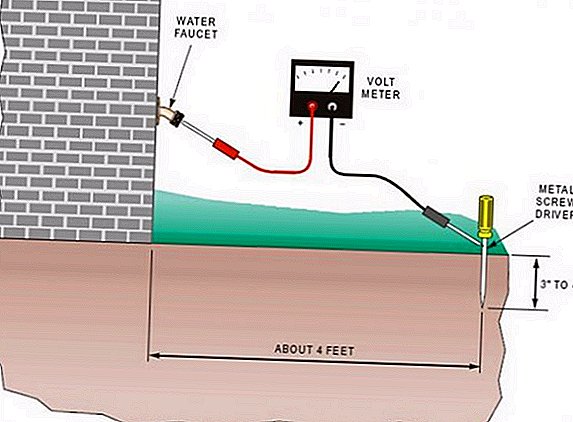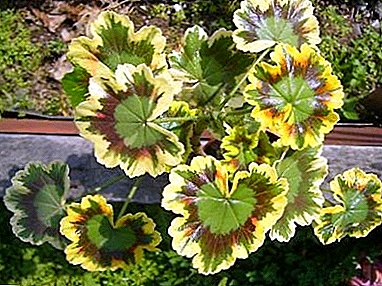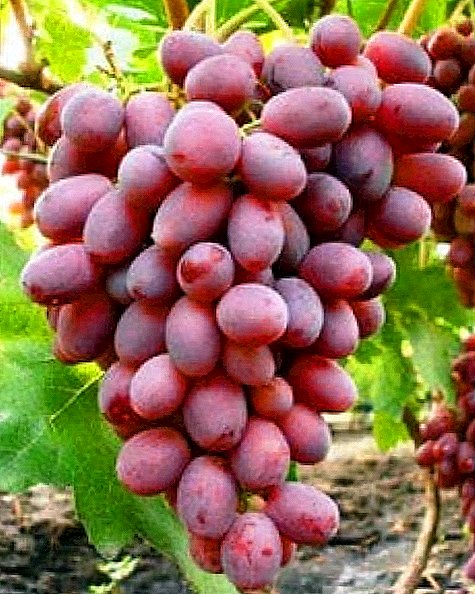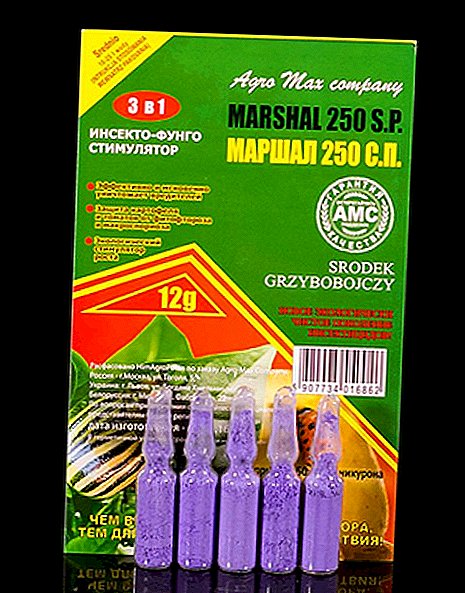 The most common among the methods of keeping cows is tethered. It is actively used both in small households and on industrial farms. In our article we will talk about its advantages and disadvantages, and also give recommendations on the organization of such a system for the maintenance of cattle.
The most common among the methods of keeping cows is tethered. It is actively used both in small households and on industrial farms. In our article we will talk about its advantages and disadvantages, and also give recommendations on the organization of such a system for the maintenance of cattle.
Advantages and disadvantages of tethering cows
The main advantages of this method include:
- providing more accurate rationing during feeding of animals - it is much easier to take into account the physiological state of each individual;
- taking into account the personal characteristics of animals during milking (milk yield, udder shape);
- lack of collisions between cows, which leads to a reduction in stressful situations in the herd;
- facilitating the organization of zootechnical accounting;
- facilitating control, accounting for physiological and clinical conditions of individuals, and, accordingly, increasing the effectiveness of therapeutic and preventive measures;
- increased milk production;
- lower feed costs.

The disadvantages of the method include:
- limiting the process of automation of the economy;
- increase in labor costs.
Did you know? Cows have a special structure of the eyes, so they see the world enlarged. It is for this reason that the animal may become frightened if it is approached sharply at a close distance.
Features of the organization
In order for cattle rearing to be efficient and profitable, it is important to properly organize its maintenance. Consider what you should pay attention when tethered method of keeping animals.
Shop segmentation
With this method, the stall should be arranged in rows, with the two rows being united by fodder or manure passages. One row must contain no more than 50 sections. Any stall should have free access to walking areas, walking and stern yards or pastures.  If there are more than 200 individuals on a farm, common rooms are placed between two barns, such as a pump room, a washing room, a vacuum pump room, a rest room, and a bathroom.
If there are more than 200 individuals on a farm, common rooms are placed between two barns, such as a pump room, a washing room, a vacuum pump room, a rest room, and a bathroom.
Dimensions of the stall
The area of the stall for one milked, dry cow should be 1.7-2.3 square meters. The stall width is 1–1.2 m, the length is 1.7–1.9 m. It is not recommended to keep the stall short, since the cows will press the hind limbs, or stand on the edge, which can lead to their slipping - As a result, hoof diseases develop.
Important! To maintain normal conditions of cattle keeping according to the tethered method, it is important to conduct a thorough weekly inspection of the stalls, since animals can cause damage to structures.According to foreign recommendations, the stall width cannot be more than twice the width of the cow itself as measured by the shoulders, but it cannot be less than the figure obtained by multiplying the body length of the animal by a factor of 0.75. The length of the stall should be 90-95% of the length of the individual plus 0.2 m.
Feeding and watering
For the manufacture of feeders use dense moisture-proof materials that are easy to clean and disinfect. The trough should be located 6-7 cm above the stall bed. In small farms, animals are fed by hand - food is laid out in portions for each individual, and watering is carried out in the same way. It is important to ensure that there is always clean water in the drinker. 
Today, there are two types of means for the distribution of feed: stationary, which are mounted in the barn, and mobile. By stationary include screw, rod, belt feeders. They are inconvenient because feed can roll over through them, respectively, in the stalls it will be dirty, cleaning and disinfecting them is quite problematic. According to veterinarians, they are more dangerous than mobile because they contribute to the rapid spread of disease.
On farms with a small capacity, the use of aerial roads such as DP-30, hand trucks, cable feed devices, feed dispensers KU-72 is popular. For watering drinkers used brands AP-1, PA-1. They are hygienic, easy to clean.
Find out what methods of keeping cows are and how to make a stall.
Technology milking cows with tethered content
Milking animals with this type of content is carried out in stalls. Practice using portable buckets or milk lines to collect milk. In the presence of a small farm, the milking process is often not automated, as the purchase of equipment requires large material costs.
The cow is milked by hand, decanting the milk into buckets or similar containers. If milking is performed automatically in buckets, then the DAS-2B installation is used for this, which includes the DA-2 "Mayga" push-pull milking machine.  It can also be used installation AD-100, containing a three-stroke milking machine "Volga". If milking is carried out in the milk pipeline, you should use the installation "Molokoprovod-100" or "200", also suitable "Daugava". It should be noted that labor costs in the case of the operation of the milk pipeline are significantly reduced.
It can also be used installation AD-100, containing a three-stroke milking machine "Volga". If milking is carried out in the milk pipeline, you should use the installation "Molokoprovod-100" or "200", also suitable "Daugava". It should be noted that labor costs in the case of the operation of the milk pipeline are significantly reduced.
Important! For keeping cows, bulls and pregnant cows using the stall method, it is necessary to construct long stalls, and for individuals during the dry period - short ones. In the first case, the need for long stalls due to the fact that they are mating animals.
Manure removal
Today the self-flowing manure removal system is actively used. This method is well suited for keeping small cowsheds, as well as for industrial cattle rearing. Each farmer will be able to build it using simple building materials.
With a gravity system, it is important to place the hind legs of animals on the edge of the grate, so that feces and urine will get into a special canal, which is located with a slight inclination to the dung receiver.
Familiarize yourself with the advantages and disadvantages of loose-housing cows.
The minimum depth of the channel should be 60-70 cm. In the place where it enters the ditch, there is a gate-gate. Full filling occurs in about 7-8 days, after which the gate is opened and the mass flows into the dung collector or into a special container, which is substituted for the drain.  Tethering on an industrial scale involves the use of scraper and shtangovoy transport systems to remove manure. The most common scraper systems are TSN-3 and TSN-2. When using these mechanisms, manure is removed and loaded into the vehicle at the same time, after which it is taken to the fields. Among the shortcomings - the constant employment of mobile transport, as well as the inability to remove manure in bad weather.
Tethering on an industrial scale involves the use of scraper and shtangovoy transport systems to remove manure. The most common scraper systems are TSN-3 and TSN-2. When using these mechanisms, manure is removed and loaded into the vehicle at the same time, after which it is taken to the fields. Among the shortcomings - the constant employment of mobile transport, as well as the inability to remove manure in bad weather.
Did you know? Cows are very sensitive to time: if you start to milk an animal for 20-30 minutes later than usual, it will give milk about 5% less and the indicator of its fat content will also be lower.Tethered cows are a fairly effective method in farming. However, it is worth remembering that it is important to follow the rules when organizing such a barn and to take into account the needs of individual individuals in order to get good productivity as a result.


